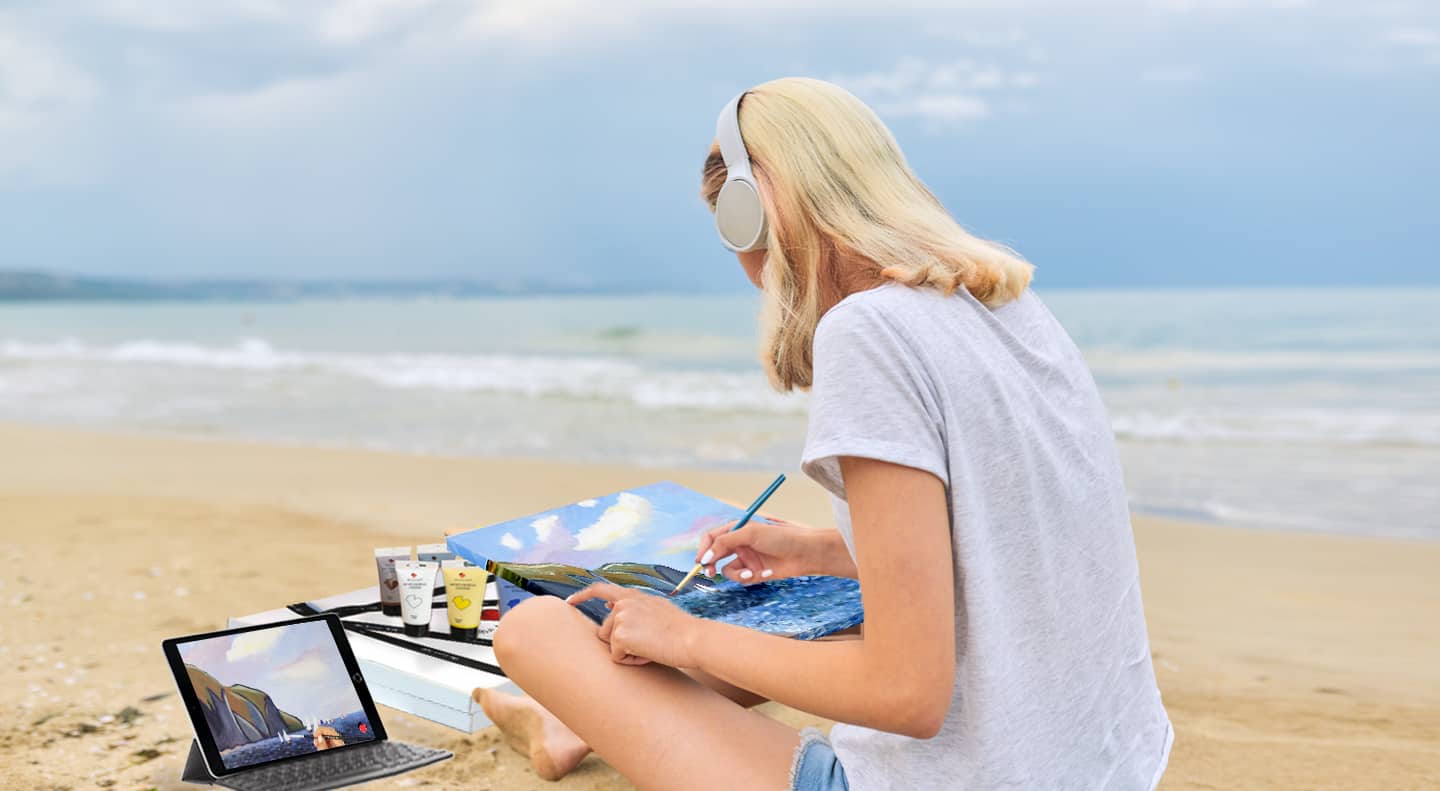Painting Tips For Novice Artists
Beginning a painting journey as a beginner is an exciting venture filled with the promise of creative expression and discovery. Whether you’re drawn to acrylics, oils, or watercolors, these tips for novice artists aim to provide guidance and encouragement as you dip your brushes into the colorful world of painting. Visit this site to buy the best tools for painting for beginners.
Start with basic supplies:
Begin your painting journey by gathering basic supplies. Invest in quality brushes, a palette, a palette knife, a canvas or paper, and a set of fundamental paints. As a novice, a limited color palette can simplify the learning process and help you grasp color mixing more effectively.
Understand color theory:
Take time to understand the basics of color theory. Familiarize yourself with primary colors, secondary colors, and color mixing. This foundational knowledge empowers you to create harmonious color schemes and express your artistic vision more effectively.
Experiment with different mediums:
Explore various painting mediums such as acrylics, oils, or watercolors to discover which one resonates with you. Each medium has its unique properties, drying times, and techniques. Trying different mediums allows you to find the one that suits your preferences and artistic style.
Practice brush techniques:
Experiment with different brush techniques to gain control and confidence. Practice brushstrokes like lines, curves, and stippling to understand how brushes interact with the canvas. This hands-on exploration enhances your technical skills and lays the foundation for more intricate work.
Learn from observation:
Observation is a powerful tool for learning. Study the work of established artists, attend art exhibitions, and observe the world around you. Pay attention to light, shadows, and color variations. Learning from observation sharpens your artistic eye and informs your own creative choices.
Start with simple subjects:
As a beginner, start with simple subjects to build your skills gradually. Still life compositions, landscapes, or basic shapes provide a solid foundation for understanding composition, perspective, and form. As you gain confidence, you can gradually tackle more complex subjects.
Embrace mistakes as learning opportunities:
Mistakes are an integral part of the artistic process. Instead of fearing them, embrace mistakes as learning opportunities. Analyze what went wrong, make adjustments, and use the experience to grow as an artist. A resilient mindset fosters continuous improvement.



